With the rise of the 21st century, the competition for being noticed on digital platforms is a bit complicated. The banking and financial sectors are under the consistent scandal of being pulled down by cyberattacks. If you go back a year, the Cambridge Analytica consignment became the biggest threat for banking bodies across the globe. More than 100,000 computers and 100 countries came under the confinement of some ransomware attacks. Banks being the epitome of enterprise for financial transactions become an open treasure hunt for hackers to invade into, for cash and consumer data.
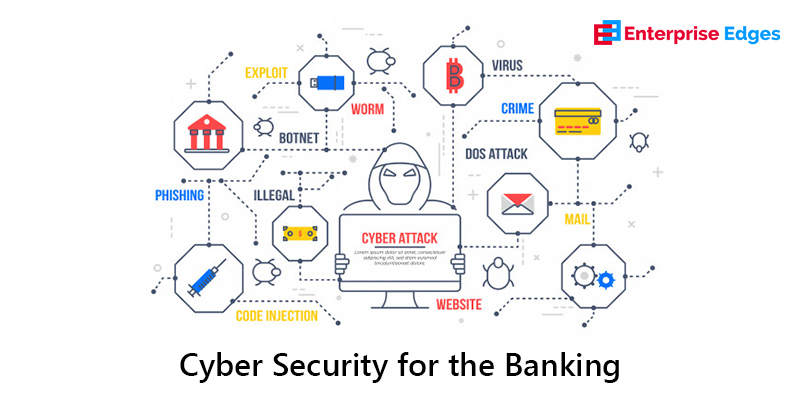
Estimating all these paradoxes upfront, both banking and finance sectors are accelerating the game of protection. But, protection against what? The banking authorities are incorporating the assistance of cybersecurity in banking to battle with vulnerable cyber threats. If you want to know what actually a cybersecurity cell entails to prevent disastrous hacking acts, then read this.
Learn the Nooks and Corners of Cybersecurity in banking in less than 10 minutes
The United Kingdom became one of the first countries to defend against cyber-attacks after the attacks of 2016 and 2017. The Union Bank of India gathered a humongous loss when 3.2 million debit cards got into the mala fide hands of hackers. Now, the question is, where does this concept branch out? And, what resemblance does it hold with a cyber-attack? The following substantial part holds different ascriptions related to cyber threats and cybersecurity solutions.
What is Cyber Risk in the Banking Sector?
According to the different cybersecurity in banking cells across the globe, deliberate or impugned exploitation of networks, computer systems, and technology-dependent enterprises is now known as a cyber-attack or cyber risk. Cybercriminals or cyber attackers induce malicious acts to obtain the bona fide banking codes, convert them to software compromised data and then drive out financial information, banking confidentialities, and system infiltration under the nose of authorities. A report of 2013 under the Information technology Act, 2000 convenes that one of the critically dominated information centers under the eagle eyes of hackers is the banking and financial services sector.
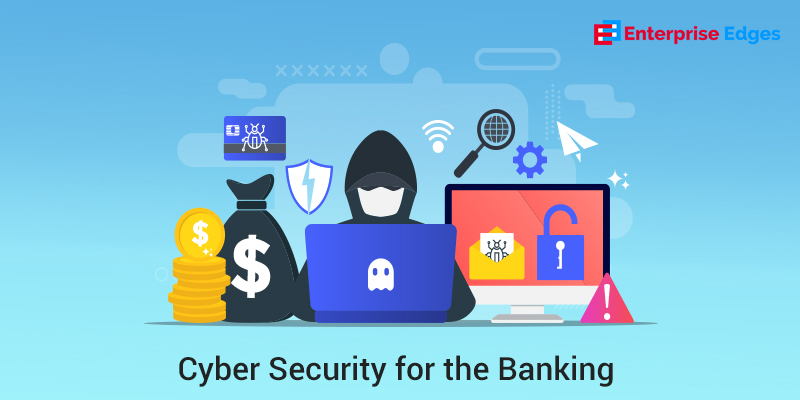
Know the Different Types of Cyber Threats in the Banking and Finance Sector
The banking and finance sectors come into the mirror of different cyber threats and cybersecurity checklist containing malware software tools. Hackers impose various methods to drive crucial information from the financial and banking sectors. The common methods for hackers to gain information is through brute force attack on encrypted data, through flash drives, email attacks, theft of devices, and many more. To know what are the different types of cyber threats to the banking industry, read below:-
1) Automated Teller Machine (ATM) Cash Out
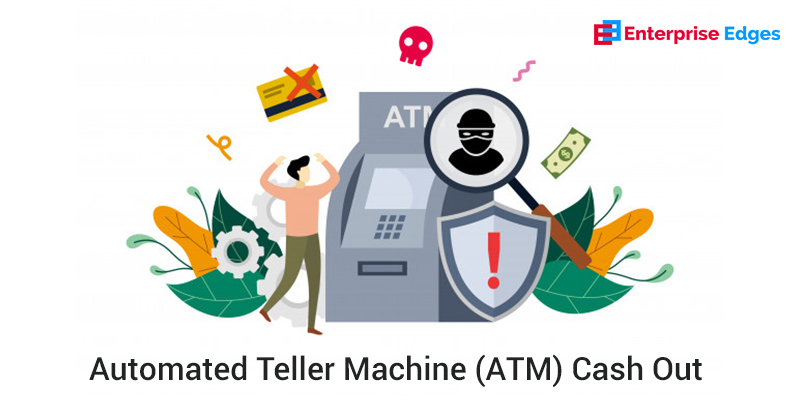
Any fraud with ATM involving cash out of large dollar valuation is known as ATM Cash-Out cyber threat for banking and finance sectors. The process from the hackers’ point of view is that when malicious mishandlers of debit cards are used to withdraw lump sum cash from several ATMs or one ATM for huge withdrawal claims, a cyber threat situation for banking authorities is created. Once the ATM settings are outdone or altered, the hackers dispense function to “Unlimited Operations.”
2) Spoofing
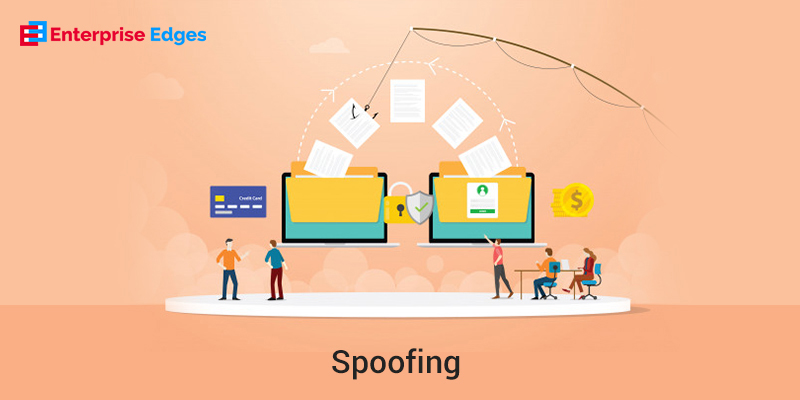
The new trend for confusing banks’ consumers involves spoofing. Following this method, hackers operate a portal that looks exactly the same that a regular bank operates with. As soon as the user enters his or her credentials that include login ID and password; the information is taken down from the users’ page to the hackers later. The hackers in this medium target the URL of the bank’s website and after obtaining it conduct the rest of acts hassle-free. This is one of the smartest forms of stealing encrypted details from an authenticated site, even in the presence of cybersecurity in banking.
3) Anti-Money Laundering
One of the prime threats for banks is anti-money laundering (AML) monitoring systems. The hackers ensure false positives appropriately, which takes time for an analyst to understand. And in no time, hackers can steal money from another user’s account undoubtedly in the absence of cybersecurity in finance.
4) Third-Party Services
Every bank wants to secure loyal customers only after inducing third-party vendors with financial cybersecurity. Unlike banking bodies, third-party vendors do not incorporate the idea of having secured cybersecurity measures. This, in return, gives an easy plunge to hackers to steal crucial information.
5) Ransomware Software
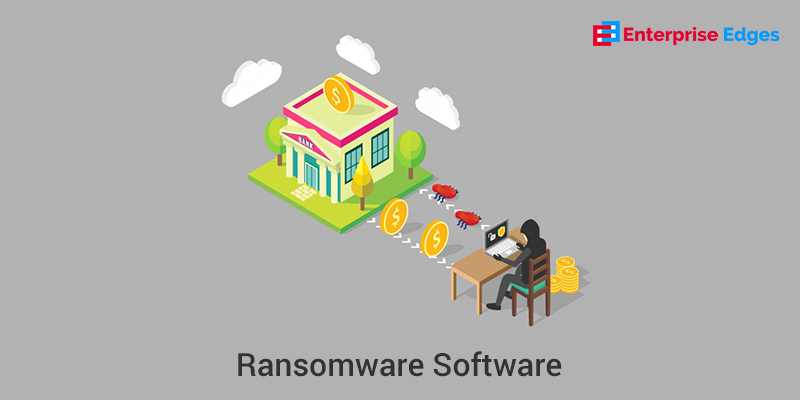
The major threat to banking bodies in the presence of cybersecurity in banking is through mobile phones. Some software that is dangerous for any individual once downloaded takes away the bank’s cybersecurity each time. As soon as the hacker connects with your phone, all your essential information related to the bank gets drawn to the malicious personnel system.
6) Distributed denial-of-service
The cybersecurity threats to the financial sector undergo cyber threats in huge amounts. The hackers try to slow down the website by redirecting them to an error or unavailable page for the users. The DDoS attack or darknet that is known as once operated, can damage the core system of any financial body. Apart from financial challenges, the finance sector also has to face infringement of reputation.
7) Backdoors and Supply Chain Attacks
Generally, hackers use a second or third stage application to access the network passing through detection systems. Opening a backdoor against a large supply chain of networks can cause serious cybersecurity threats.
Apart from the above-mentioned cyber threats to banking and financial sectors, the other noted malware are ruthless adversaries, eyeing potential breaches.
Skyrocket your Cybersecurity in Banking with the Solutions
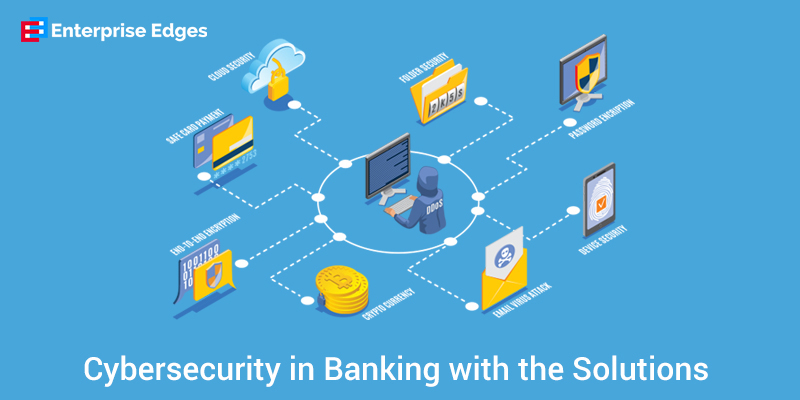
With time and tide again, collaboration with cybersecurity threads is helping banking software solutions and finance sectors to grow out of the cyber threat in a diligent manner. There are certain solutions that a bank information security or finance sector can follow to shield the threats in an effective manner.
1. Technology integrated with communication and intelligence
The involvement of cybersecurity in banking solutions in the way of intelligence and communication is posing sheer protection against cyber attacks. The cybersecurity authorities adduce technology-based software mixed with cyber control and monitoring processes. A different language is taken down, which instills conversation with the customers while making payments.
2. Extend the cybersecurity awareness to targeted banks
The cybersecurity policy for banks aims to establish an ecosystem. On conducting cross-industry collaboration, cyber threats can come to an end. Limiting the cyber policies within the bank’s system and employees is not sufficient. The response needs to be circulated within different avenues for more number of participating banks to come in.
3. Undermine the gaps and fill it with scenario-based testing
It is more successful when you allow cybersecurity in banking conversation to begin around a conference table. This allows people to put forth different scenarios that jibe up for cyberattacks in the banking or financial sector. This helps in understanding the cyber process in a resilient manner. Apart from it, undermining actionable awareness through information security in the banking sector to circulate among the analysts helps in understanding vulnerabilities.
4. Know the latest trends in bringing back the breaching activities to a stable state
What would the banking and finance sector do in the absence of cybersecurity systems? The importance of cybersecurity in the banking and finance hemisphere involves the protection of assets related to customers’. With the advancement in technology, the drive for going cashless can turn dangerous. Hackers take the opportunity of cashless transactions where they decode user’s information easily using malware software, networks, and fake URLs. But, slowly and steadily, the act of breach of data to withdraw money from the bank is lowering down. Some of the recent trends mentioned below in the banking sector after merging with the cybersecurity banking industry system make sure there is high ended protection of accounts.
- Research and InnovationSystems Audit
- Project Management
- Risk Management Services
- Cybersecurity Maturity Model Working Group
- Cybersecurity Assessment Framework Working Group
- Operational Excellence
- Anti-phishing Campaign or DMARC implementation
- Business Leaders’ Forum
- Computer Emergency Response Team
Conclusion
The cybersecurity in banking is an emerging de facto rule to battle back cyber threats and challenges. The challenges of securing users’ financial information have lasted for decades now. The governmental organization of different countries needs to adapt inquisitive cyber policies to render smooth functioning of financial assets. In the competitive spectrum, banks and financial sectors need to speed up the privacy guidelines and induce two-factor authentication in every act of cybersecurity solution for banks. From the above information, it is quite clear that the third parties or vendors which the banks use to lend qualitative policies and services to users need to be checked, implement data security in the banking industry and decrease malicious activity. Hackers will always target third-parties. Apart from that, going cashless is one thing and safeguarding it from cryptocurrency hacking is a mandatory aspect of the financial sector.
It is essential for banks and cybersecurity in financial institutions to arrange more cybersecurity programs to keep their customers’ funds away from miscreants behind the screen. Cybersecurity for the banking industry needs to be taken up seriously to withstand the major threats of cyber risk in banking. And in the year 2020, the challenges have become more difficult. But the banks and finance sectors are equally ready to bombard the cybercriminals with rigorous punishments, flawless execution of banking transactions, security in the banking sector, and full-time commitment to protect customers’ information.